Eleven
People
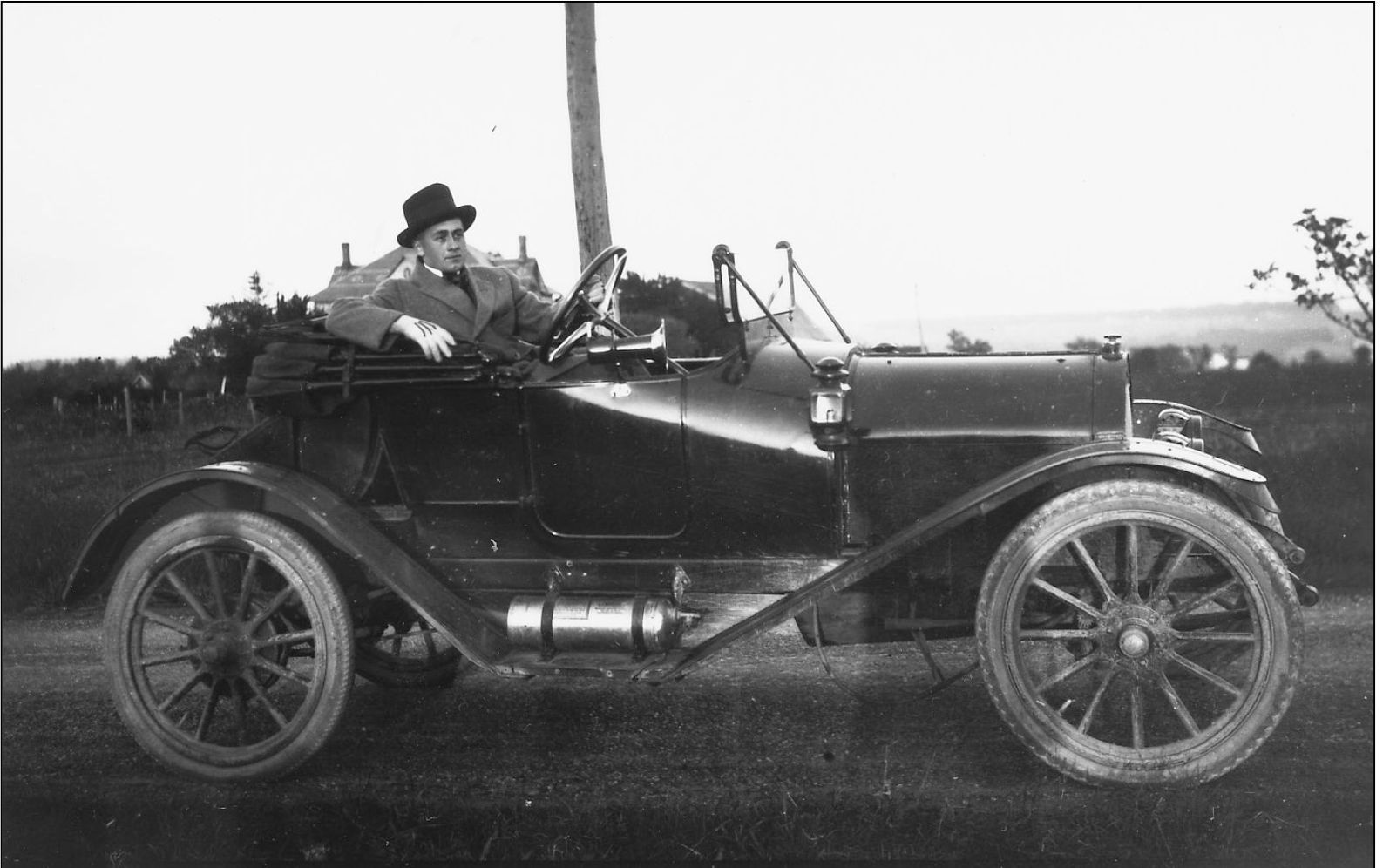
People and personalities are the backbone of any community. Our area has always offered a diversity of people, working and playing together to make our home what it is today. This chapter on the people of Penn Yan and Keuka Lake is not the story of the people and events usually found in history books, but a glimpse into the ordinary lives of ordinary people.
In the photograph above, taken from a c. 1910 cellulose nitrate negative, Merve Rapalee, possibly out for a summer drive, stops long enough to have his picture taken.
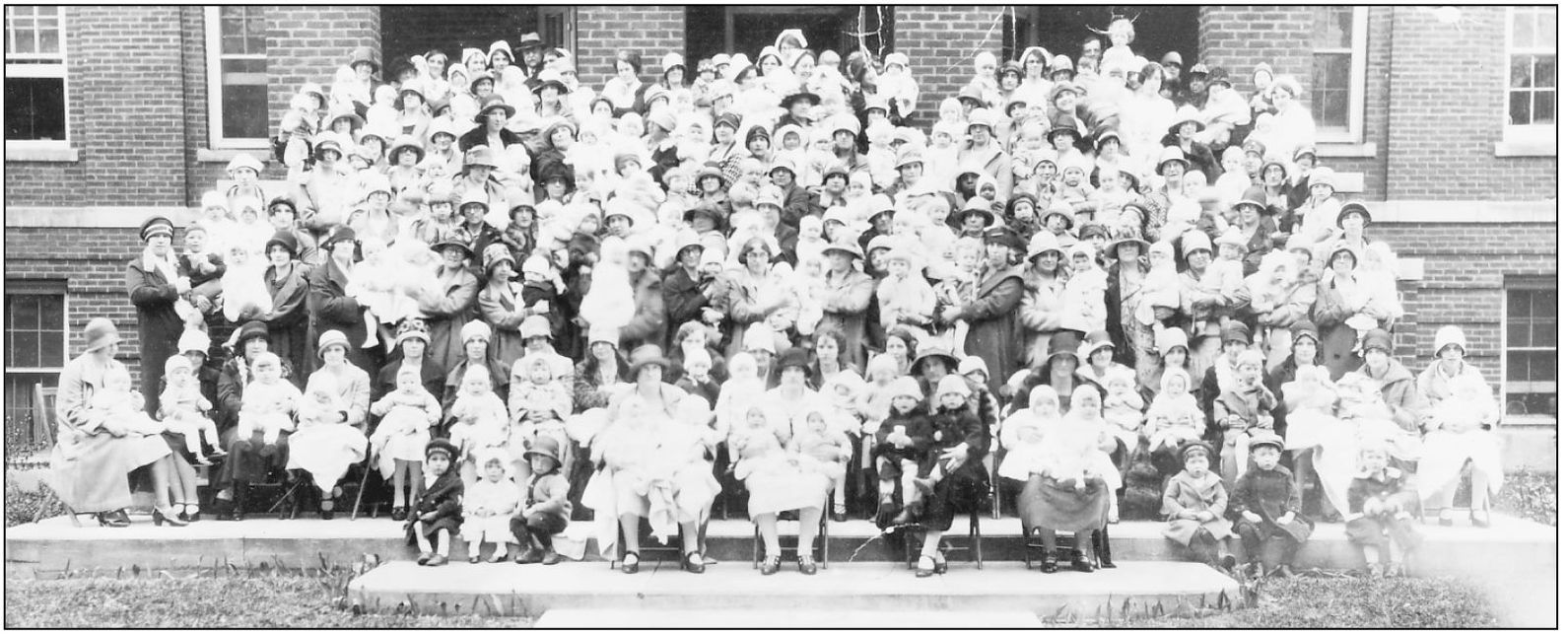
The 248 babies born in the Penn Yan hospital from its opening in 1924 were invited to a reunion in May 1927. Attending were 137 babies, including four sets of twins, and their mothers. Each baby was presented a silver spoon; they then posed for this photograph, which appeared in the paper. Soldiers and Sailors Hospital delivered babies until the early 1970s.
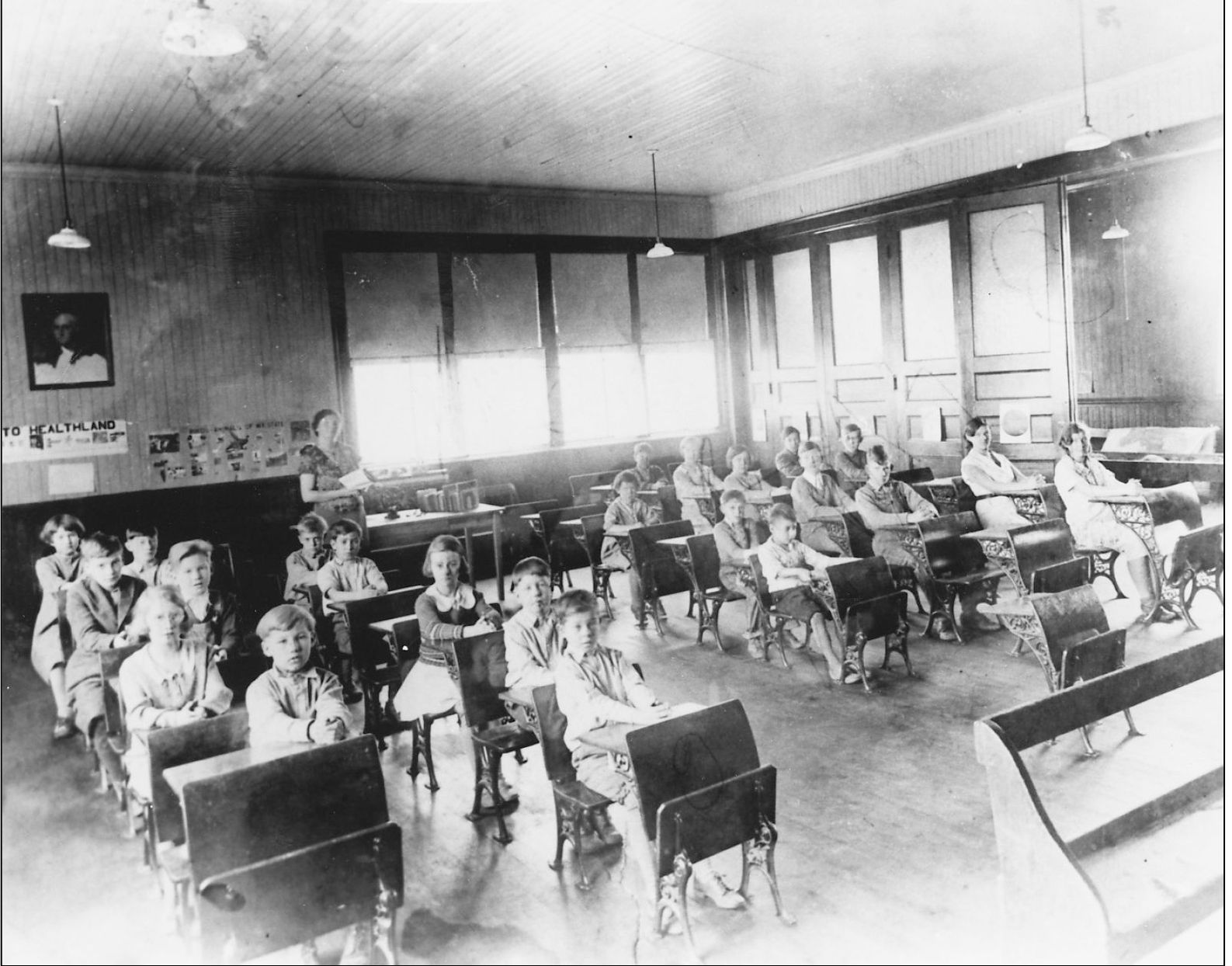
These schoolchildren sat attentively for their photograph, possibly because their teacher was watching from the rear of the one-room schoolhouse. Notice the age differences among the students. There are no older boys, possibly because they usually did not go to school once they were big enough to work on the farm.
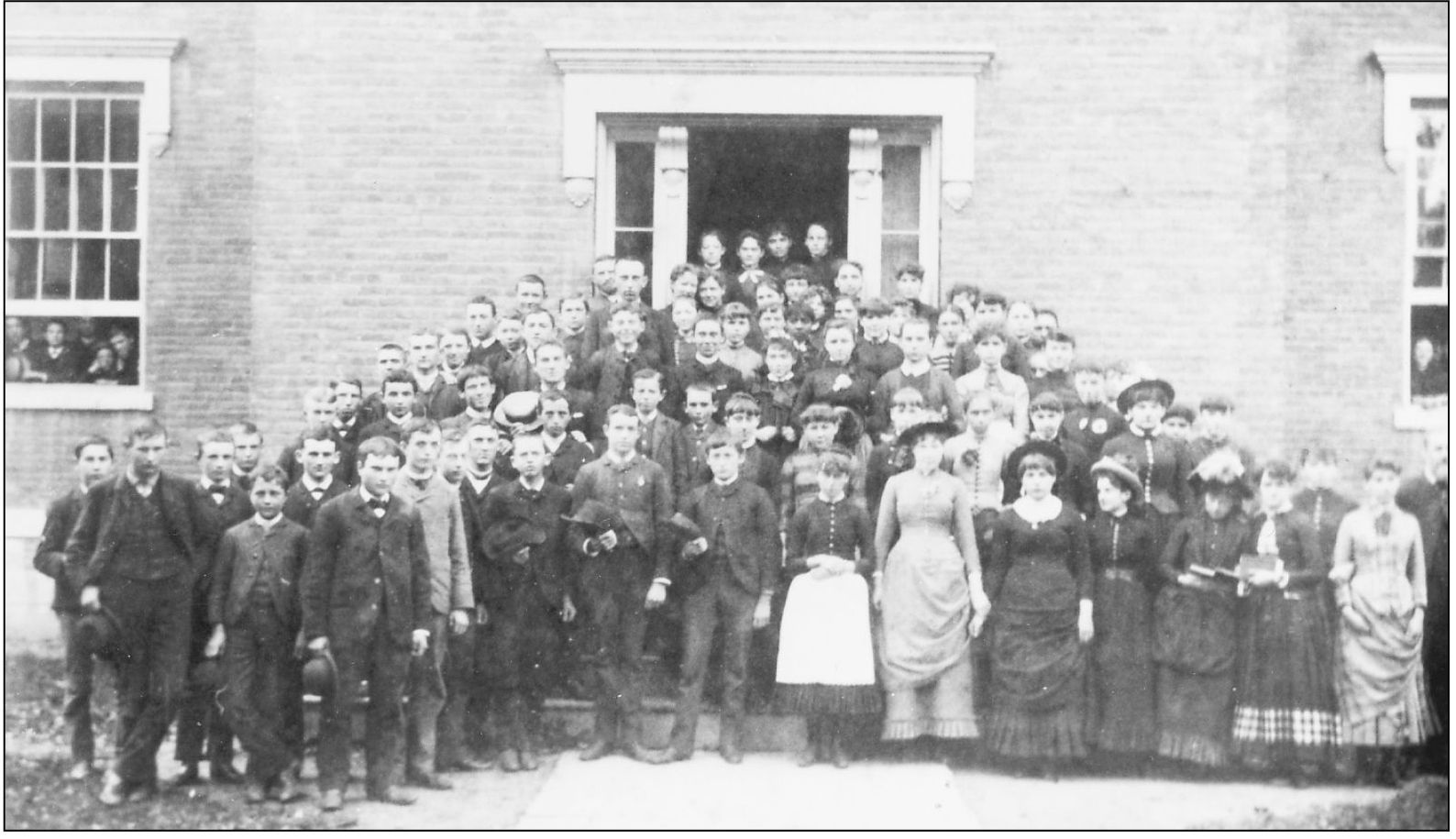
This is a gathering of students in front of Penn Yan Academy. By the time of this c. 1900 photograph, grade schools had been built throughout Penn Yan and only the older students are represented here. Students from the country would live in town, working for their board, so that they could continue their education.
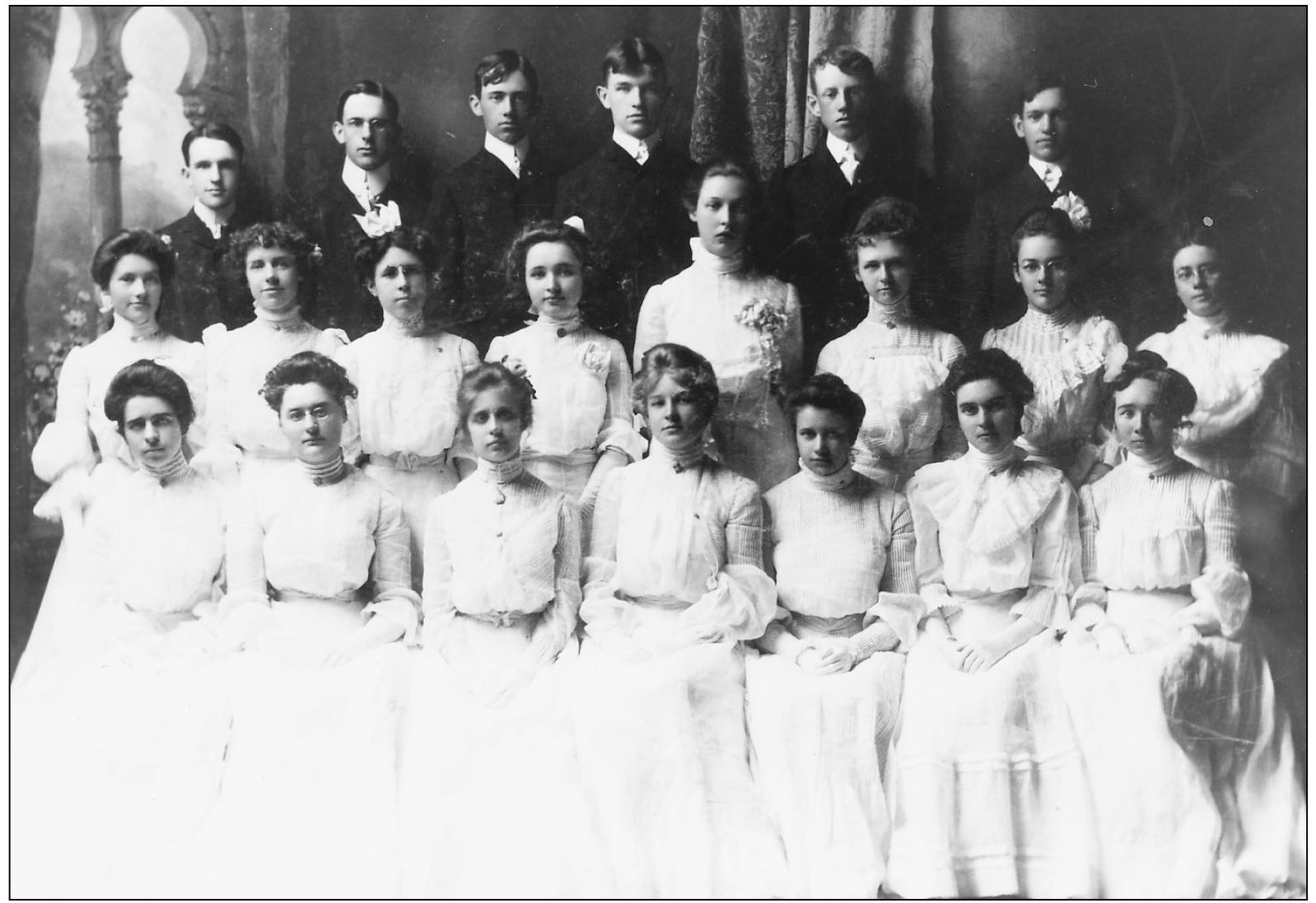
Penn Yan Academy’s graduating class of 1902 is pictured here. During this era, there were two ceremonies, one in the morning and one in the evening. Imagine the work that went into the making of the women’s dresses, with all the lace and hand tucking. The males had to quit school and begin work at an earlier age. This explains the small number of men in the class.

These youngsters are at an age when they might enjoy “helping” in the garden. The wide variety of plants is evidence that this was a home garden, supplying the family with vegetables, enough for immediate use and for preserving purposes. This c. 1900 photograph was made from a glass plate.
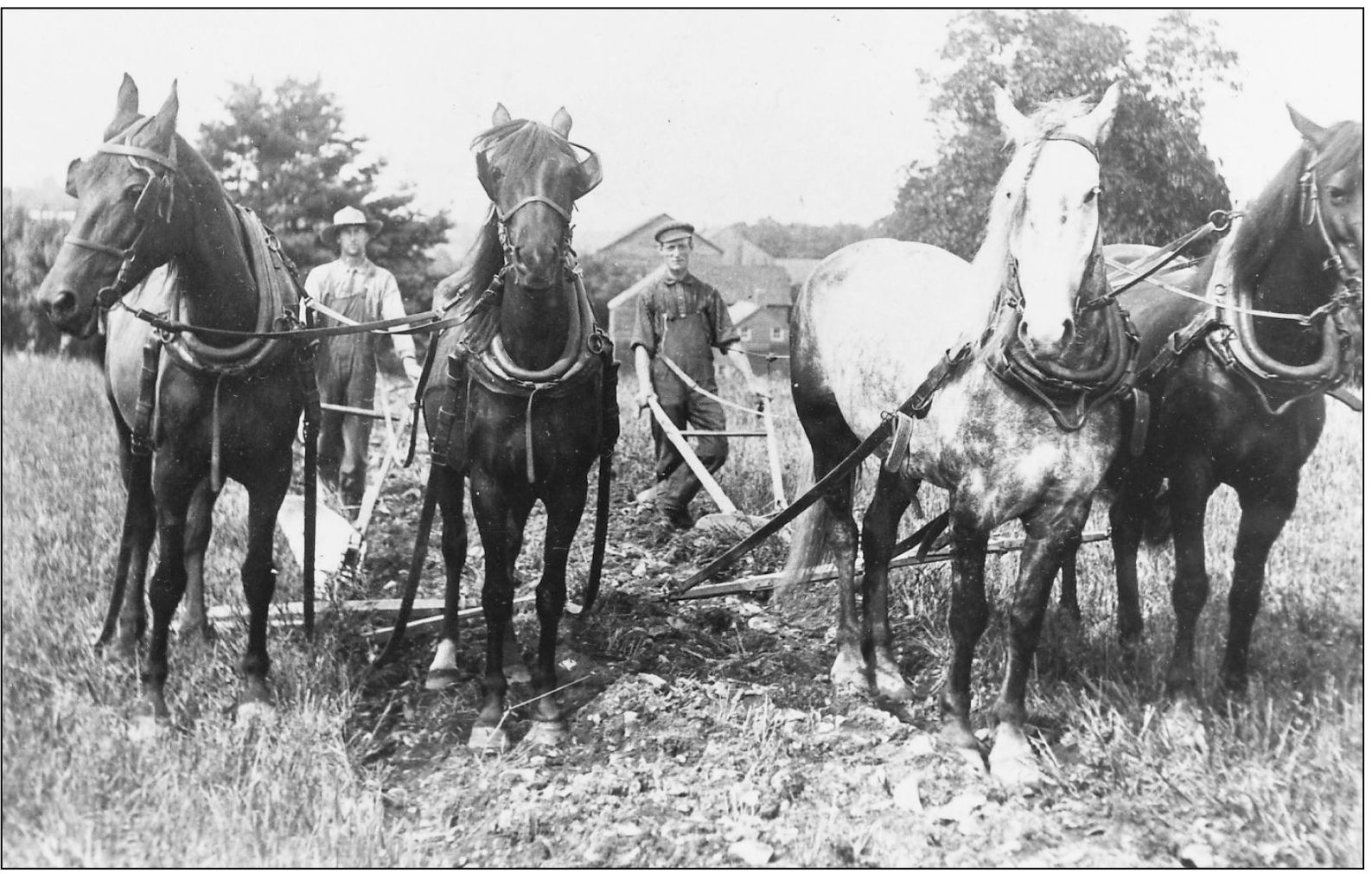
From the small, backyard garden, we move to the field that provided a living for the local area farmers. The four horses must have had a difficult job plowing the clay soil and rocky land that surrounds Keuka Lake.
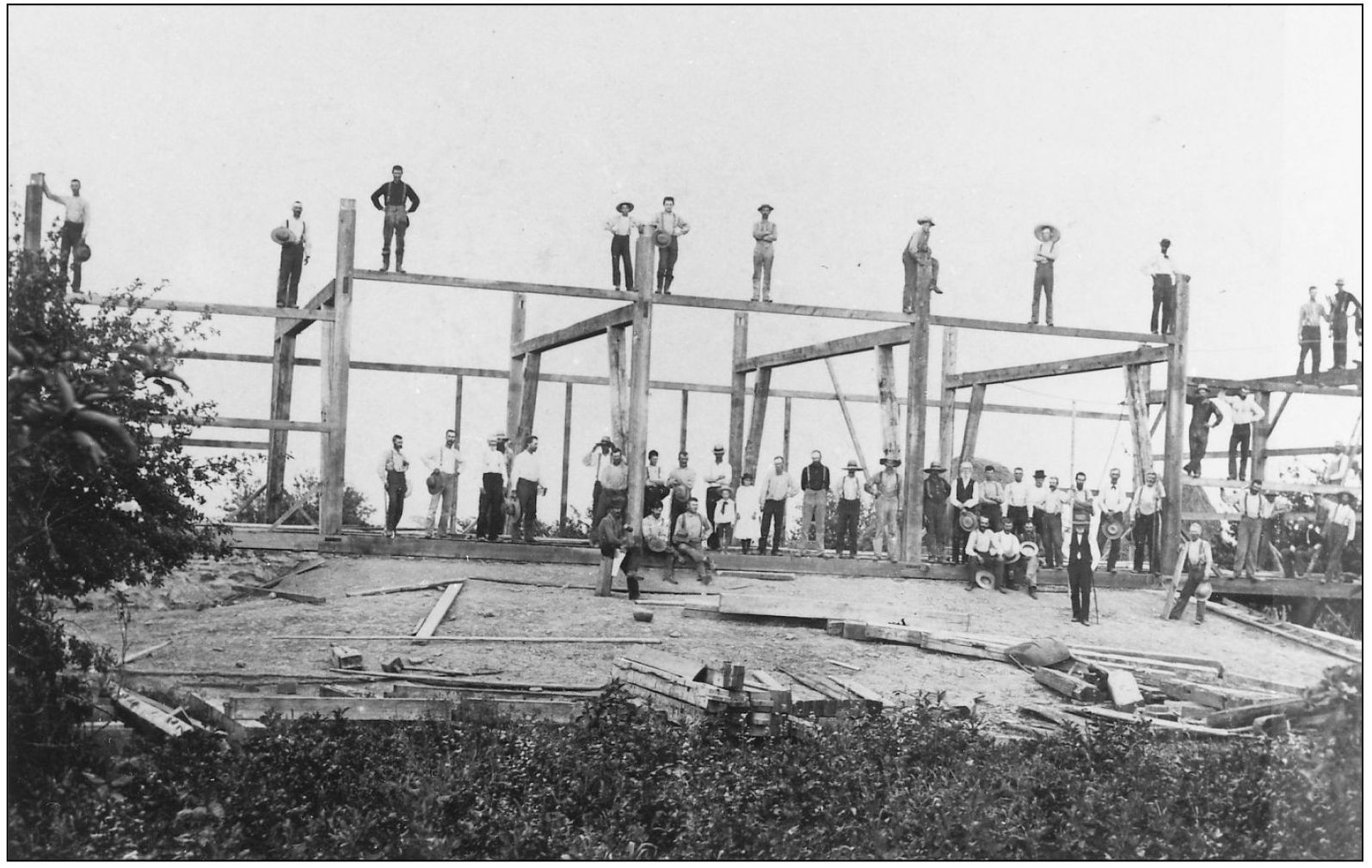
Pictured is a typical barn-raising, c. 1900. This barn belonged to William Coon and was located in Milo Center on the Himrod Corners Road. After the photograph, there would be dinner and then dancing. We can once again see this activity carried on by the many Mennonites who have moved into our area.
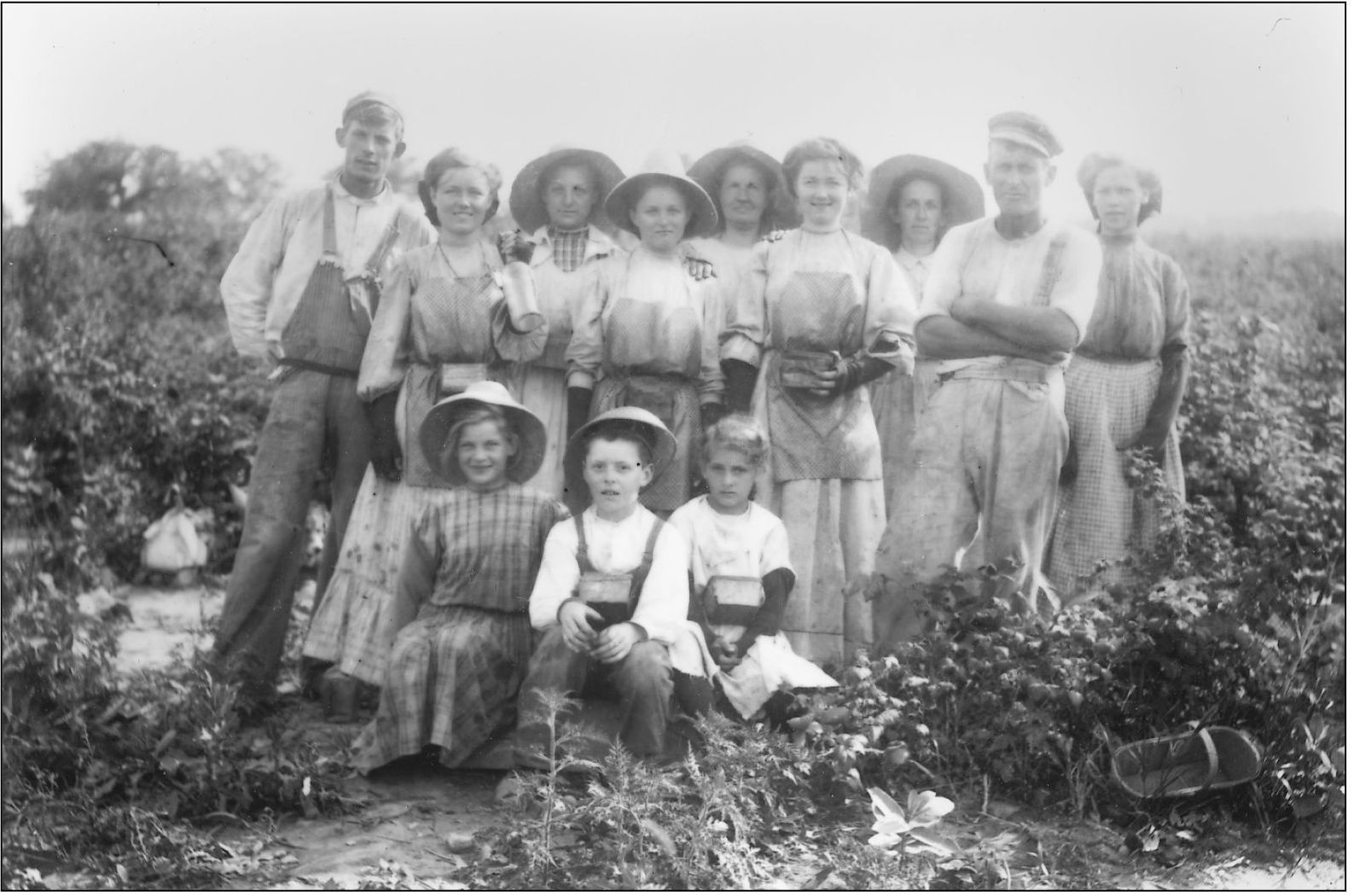
Everyone looks as if they are having fun reaping the rewards of their labors. Again, this illustrates how everyone worked together, young and old. Berries were once an important crop around Keuka Lake.
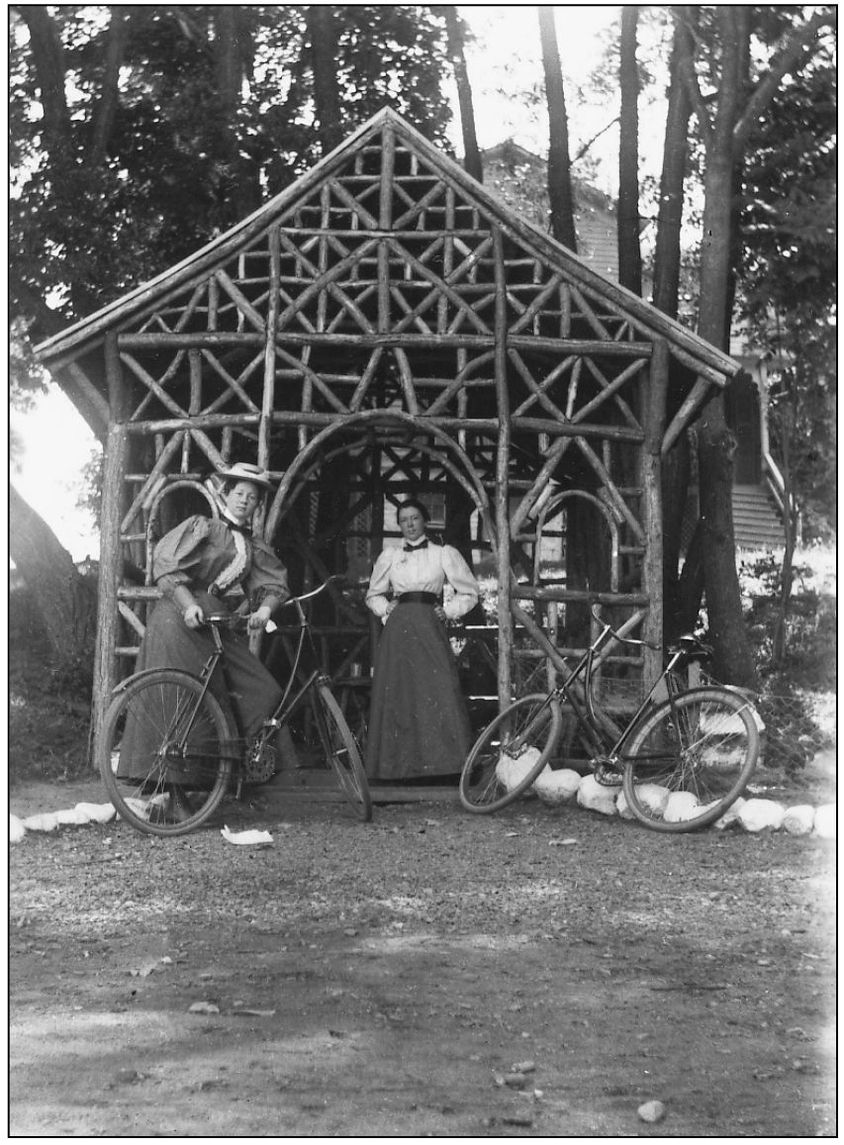
Time to relax! This 1896 photograph from a glass plate captures two women during a break from their bicycle ride. This fascinating structure was at Walrath’s on Keuka Lake.
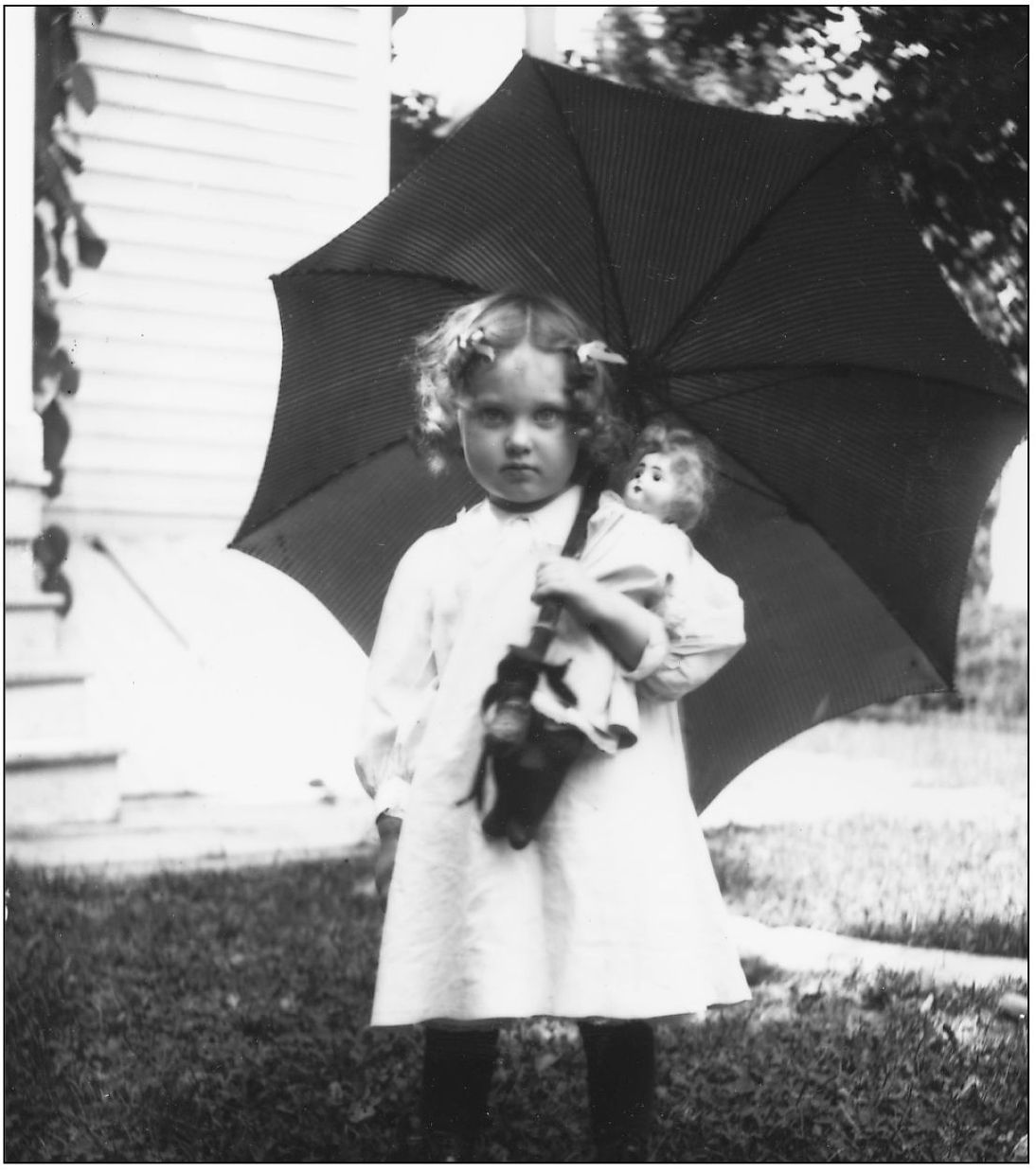
This 1898 glass plate features a typical pose for children of this era. Pictured is Mildred Vosburg, who was five at the time. She looks as solemn as the baby doll she is holding. Mildred was the benefactor who later donated many of the glass plates shown in this chapter to the Yates County Genealogical and Historical Society.
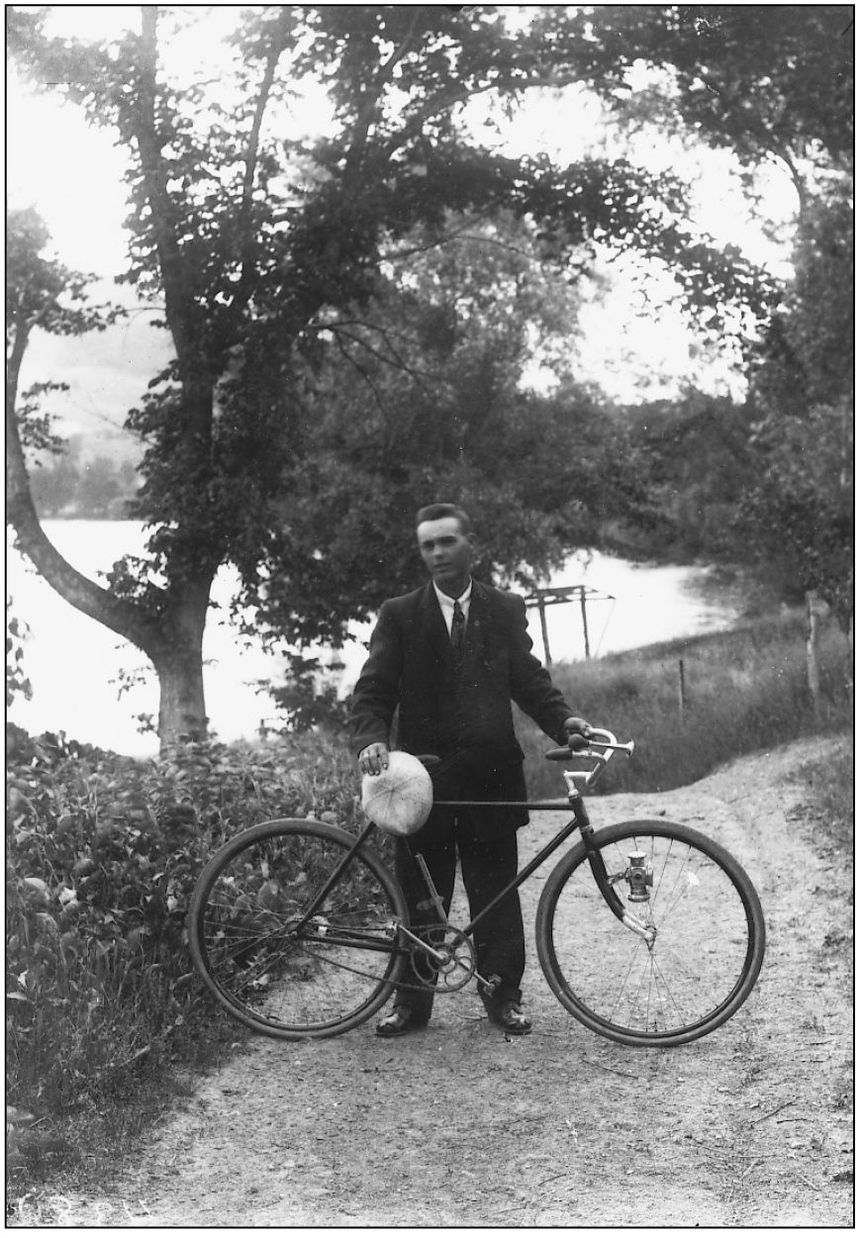
Bicycling in the early 1900s was probably not much different than it is today: cool, quiet, and an escape from the stress of everyday life. This young man has stopped along the lake to have his photograph taken. Note the interesting light by his front wheel.

There must have been two photographers in the same vicinity. This 1898 glass plate captures photographer Charlie Benedict steadying his tripod at Glenora. Perhaps it was a photographers’ picnic!
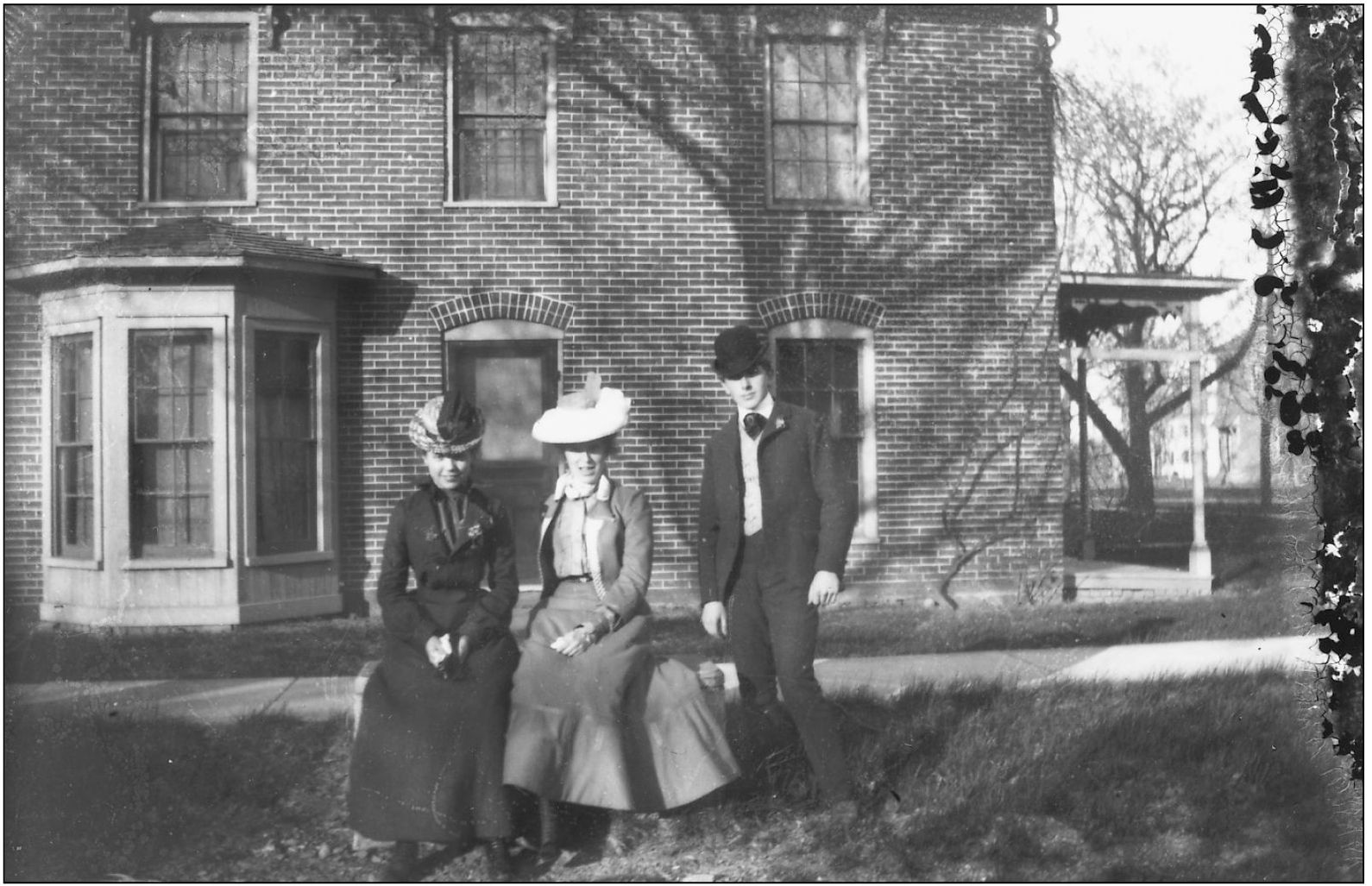
All dressed in their “Sunday best,” this trio is either off to church or a social gathering. This 4-by-5-inch glass plate is smaller than most, and is indicative of the smaller cameras that came into use in the latter part of the 1800s.
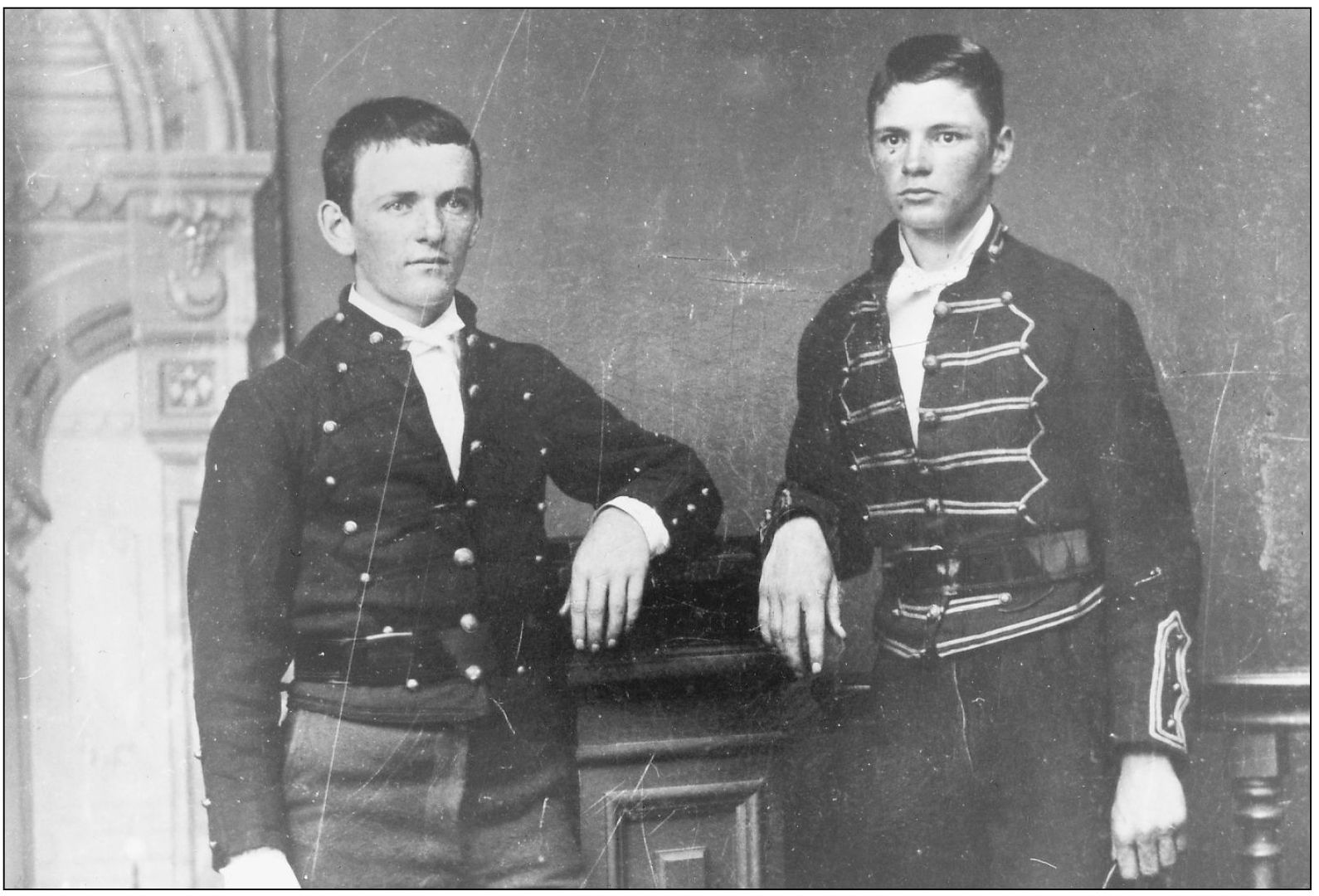
This unusually large tintype shows two young boys who had gone off to fight in the Civil War and wanted to send a photograph home to their families. Because they are not identified, it is not known if they survived the war.
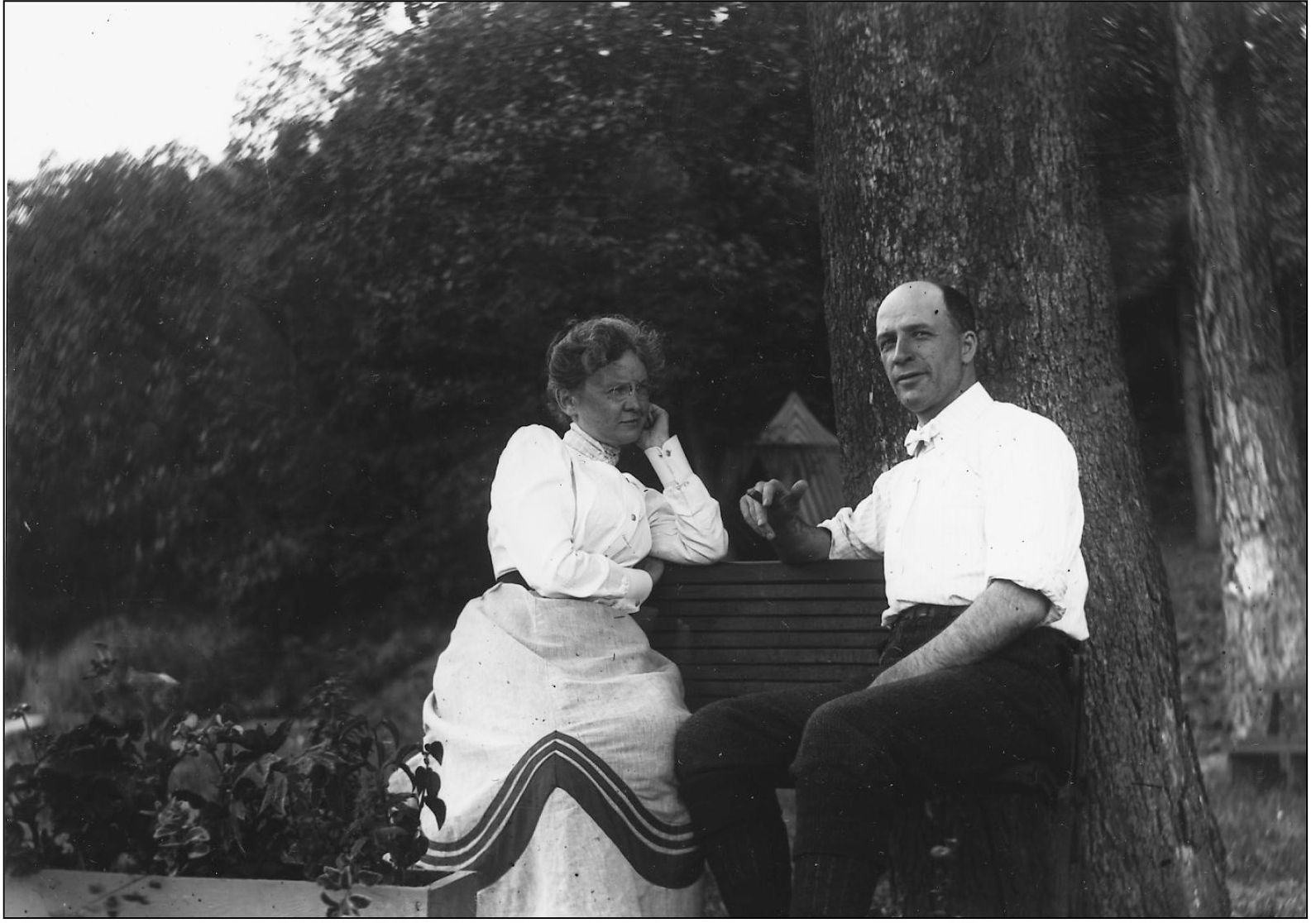
This couple seems to be enjoying an afternoon at their cottage by Keuka Lake. This is not a formal portrait but a candid, with the man’s shirt sleeves rolled up. Is the woman looking with disapproval at his cigar?
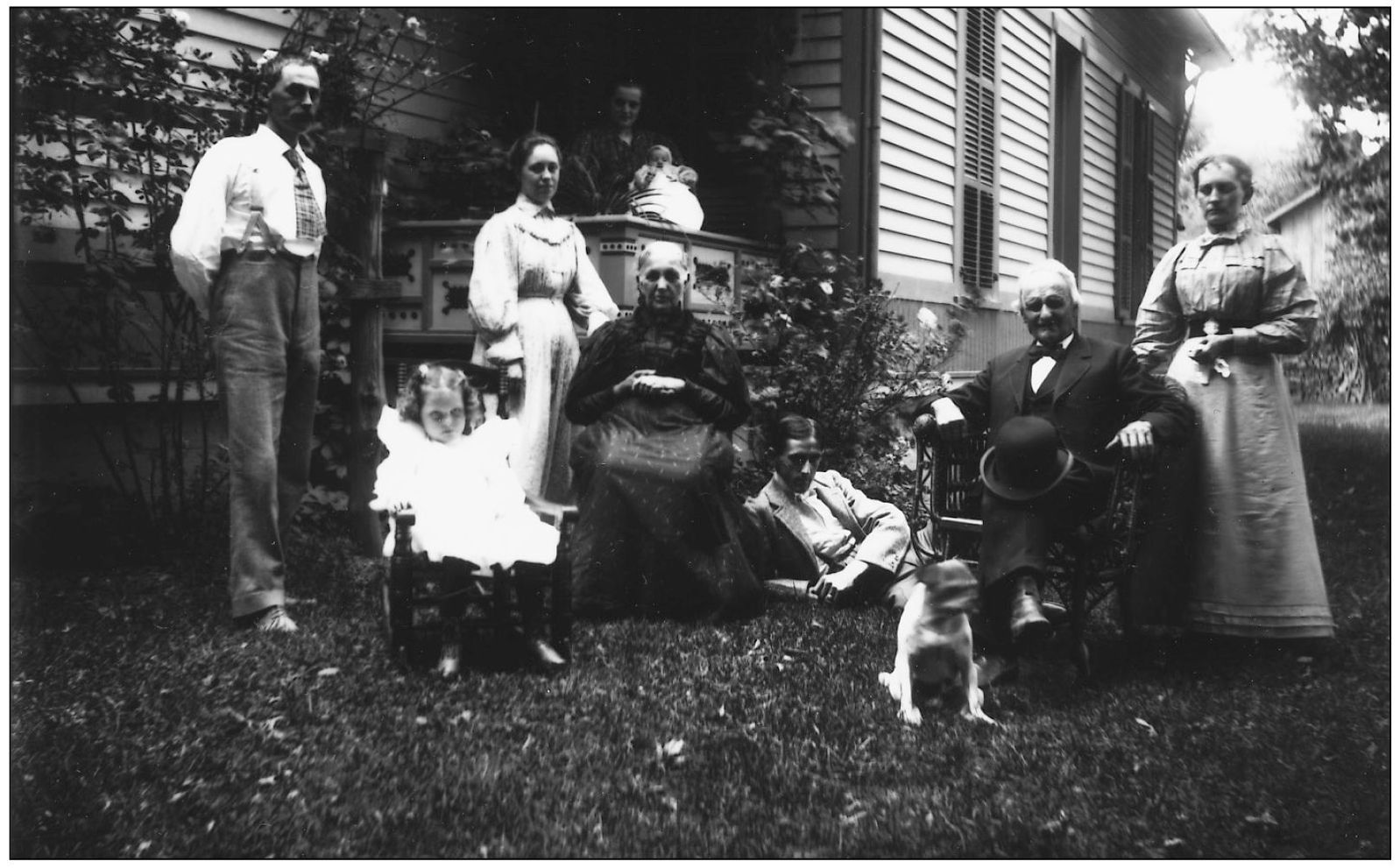
Often several generations lived together in the same house; if not, they lived close by. This glass plate shows several generations (and a family pet who was not happy sitting still) posing in the backyard.

“SAPOLIO” is painted on the wagon and on the horse’s blankets, so one would assume that this is a salesman, but the product he is selling is not known. Considering the condition of the street it is difficult to understand how he, his dog, and his wagon stayed looking so clean.

What a beautiful spring day to go into the woods and pick trillium! The little girl and her pet are so intent on what they are doing that they pay no attention to the photographer and all that one had to do in the 1890s to take a photograph.